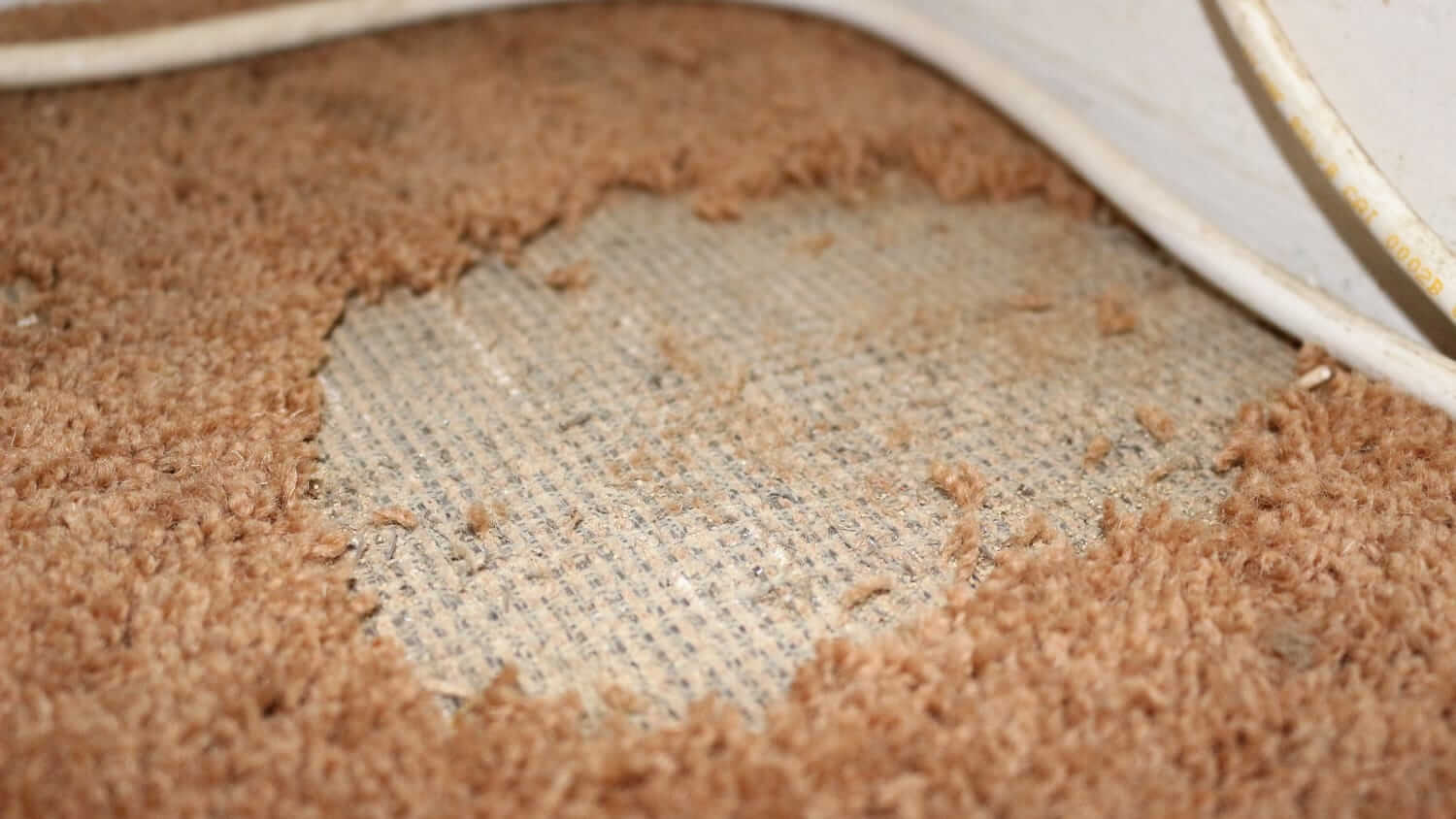Moth Pest Control
Moth Control in Poole, Bournemouth and the surrounding areas.
BMS Pest Control offers a fast, effective and professional service at affordable prices to rid your home or business of moths.
Our treatments are safe, clean and are carried out at a time that is convenient to you. We will be happy to answer any questions you may have and to offer help and advice.
The Need to Control Moths
The types of moths we encounter fall into two categories: textile moths which infest and destroy clothes, carpets and other fabrics and food moths which tend to infest stored dried foods such as flour and cereals.
Textile moths such as the common clothes moth are most commonly found in bedrooms and closets of domestic houses though they can also be a problem in textile warehouses. In all cases it is the moth larvae, rather than the adult moths, that cause all the damage.
Food moths like the Indian meal moth are more commonly found on commercial food storage and preparation premises such as warehouses and bakeries. You can read more about this type of moth on our page for Stored Product Insects.

Moth Control - What We Do
Survey
A thorough examination of all rooms of the house will determine the extent of the infestation. Furniture will be moved and the edges of carpets will need to be lifted to look for the source.
We will be looking for damaged sections of carpet or clothes, egg cases and larvae.
Treatment
All textile moths are treated in the same way - with the application of a residual insecticide spray to all affected areas such as the edges of carpets, under furniture and inside closets and cupboards.
If adult moths are also present we will apply a space treatment using an Ultra Low Volume (ULV) fogging machine.
Monitoring & Advice
As most moths simply fly in through an open window, it isn’t really practical to proof against moths.
However, we can install pheromone based traps to monitor for them and give an advance warning of a possible infestation.
This can be especially useful in situations when a customer has a lot of valuable clothing made from natural fibres such as silk.
We will also offer hygiene and housekeeping advice on how to help prevent future infestations.
Moths in Your Home or Business?
About Moths
While there are other types of moth that can damage fabrics, the most frequently encountered ones are the common clothes moth, the case-bearing clothes moth and the brown house moth.
Common Clothes Moth (tineola bisselliella)
Characteristics
6-8mm Long.
Shiny, golden or light brown wings with no markings.
Tuft of red-gold hair on head.
Fringes on back edge of wings.
Slightly larger than the case-bearing variety. Prefers darkness to the light and rarely flies, preferring to run and hop between materials. Larvae will eat most natural fibres and also stored foods, such as grain.
Due to the fact they do not drink, clothes moths are attracted to fabrics that contain moisture in them like human sweat or other liquids.

Case-bearing Clothes Moth (tinea pellionella)
Characteristics
5-8mm Long.
Yellow/brown wings with 3 dark coloured dots on the wings.
Often identified by the silken cigar-shaped case carried around by the larvae.
Less common and slightly smaller than the common clothes moth.
Prefers darkness to the light and rarely flies, preferring to run and hop between materials.
Like common clothes moths, the case-bearing variety are also attracted to fabrics that contain moisture in them like human sweat or other liquids. Larvae will also consume detritus such as dust, cobwebs and even wallpaper.

Brown House Moth (hofmannophila pseudospretella)
Characteristics
8-14mm Long.
Brown coloured with dark spots.
Hairy fringe on the wing tips.
Known as a scavenger thats larvae feeds on animal textiles such as wool, leather, fur, hair and feathers.
Will also feed on other organic materials such as dried food waste and mould. Common in both domestic properties.
Their presence can sometimes be linked to birds nests.

Advice
Not all damage to carpets and clothing are caused by moths. Other insect fabric pests such as carpet, leather and fur beetles will all cause damage to natural fabric. Rodents should also be considered as they chew fabrics while gathering nesting materials.
Identifying a Moth Infestation
What to look for
Signs of damage or holes in woollen carpets.
Damage to any clothes made from animal fibres (wool, silk, etc).
Adult moths flying or more commonly crawling around.
Moth larvae - Small and maggot like.
Silken tubes or cases.
Where to look
Around the edges of carpets
Under furniture like beds and sofas - even under heavy items like chests of drawers, bookcases and wardrobes.
Dark, secluded areas like the back of wardrobes
The top corners of wardrobes, closets and cupboards.
Need Advice?
Get in TouchFrequently Asked Questions About Moths
It’s likely that the damage is already done. All damage to fabrics is caused by the moth larvae, not the adult moths. If you’re seeing a lot of adult moths then these would have come from the larvae. However, the adult moths will reproduce and the cycle will continue so its always worth getting them treated before the problem gets any worse.
Other Services
Areas Covered Include:
Blandford, Bournemouth, Christchurch, Dorchester, Poole, Ringwood, Salisbury, Swanage, The New Forest, Verwood, Wareham, Weymouth, Wimborne and other Dorset and Hampshire Areas.
Quick Links


© 2025 BMS Pest Control Contact Us:

